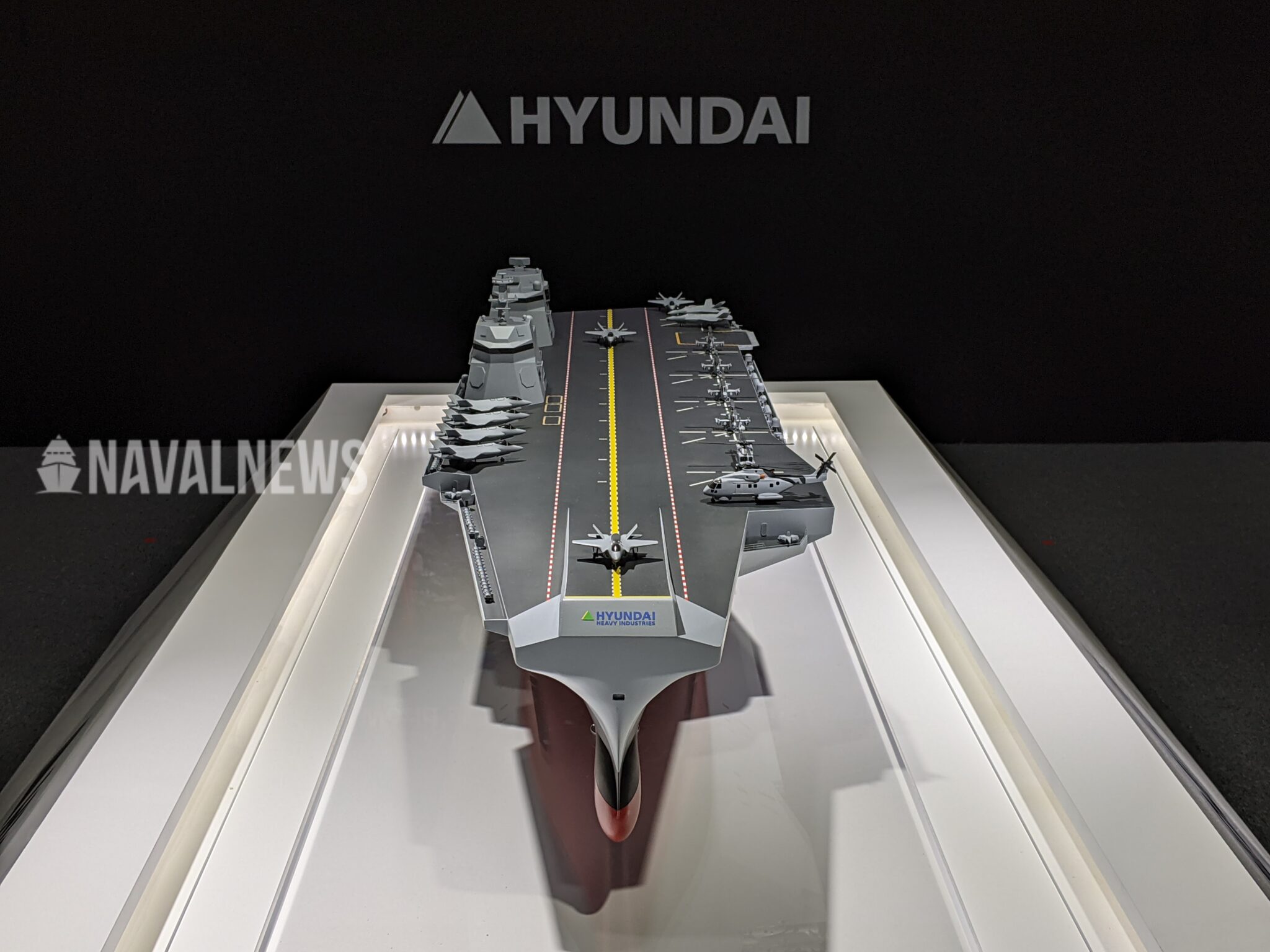Name all large naval campaign from WW2, Falklands and Indo-Pak war of 1971, the carriers...not submarines are the dominant tools for sea control. Classic case is the Ghazi v Vikrant of 1971. Not only that the Ghazi failed to wrestle sea control, it failed its task to even come close to the Vikrant. While the Vikrant and its carrier battle group proved its utility, dominating the bay of Bengal and deny their use for Pakistan.
If Turkiye wants to play great power and it wants its power projected the farthest away from shore as possible in the fastest amount of time and in the most flexible manner, aircraft carriers...not submarines are the way to go.
Its just the law of physics that dictate aircraft could cover an area larger and at a much faster pace than slow submarines which its biggest dilemma is creating noise while going faster or stay silent while going slow...
Aircraft carrier operation are assigned for ocean size sector of operation while submarines, due to their limitation are usually assigned in a much smaller sector of operation.
Nobody really cares if countries come out with latest nuclear submarines, but once they start building carriers (especially supercarriers) all eyes are in constant monitor of progress from keel laying to commissioning, that shows just how much value a carrier offered to any blue water navy. Case study: the Type 003 the most studied PLAN ship and its 004 successor.
Please remember this, naval groupings are usually centered around surface ships, not submarines...that's why blue water navy has the Carrier Strike Group (CSG) or Surface Action Group (SAG) but there's yet to be a Submarine strike group.
In a CSG, the submarines are subservient to the carriers not the other way around.
Yeah overall I agree.
Flicking through the last few pages of convo just now, if I was in Turkiye's position, I would concentrate on the exact mission sets (current and future) and likeliest domain space(s) for up to 2030, 2040 and 2050.
Rather than worry about terminology like "blue water" and meeting criteria in top down way.
A military and its branches in the end must be customised to its nation's context in the end. If its ends up being classified as "blue water" at some point (do good things and good things happen), so be it. But thats not the driver for planning.
I use 30 years because thats roughly the average lifetime of a large warship that lock in large amounts of investment and human resource involved in all stages.
In my view, there is little to no benefit in the SSN approach for Turkiye when this macro approach is fully analysed the way it should be (by say Turkish defence analysts and planners).
It adds little value compared to the extra costs (and time + further resource involved of building the commensurate broader capacities)....relative to developing SSK programs further (with AIP and then potentially middle section extension for ballistic+cruise missiles like the Koreans have done) for those mission sets where submarines have little equal to them.
i.e the basic Cost benefit analysis of having a number of SSNs versus a larger number of SSKs (keeping input resources + time the same) in the context of the likeliest area of deployments (are you maximising what an SSN has if your military for large part has its most relevant threats closer to it rather than an ocean away).
i.e This approach would give maximum return on investment than starting many things afresh for little benefit in an SSN powerplant etc.
SSN's have a very specific heritage for certain navies with mission sets and domain spaces different to what Turkiye has once you look at the details.
It is the "ocean away" that baked in the SSN approach of the USN for example (over a very large amount of development time, both technologically, financially and doctrinally)....and as to why "long range domain space" countries are looking to emulate there too.
i.e Is the cost worth it for others, compared to advancing the SSK? I think for Turkiye, the answer is clear studying Korea and Japanese projects for example.
The LHD approach w.r.t Anadolu was picked (over LPD or lesser) as one member at some point earlier talked about quite well, with a view of what Turkiye's context is in the region.
i.e where and how Turkiye wants to project a higher tier of military power (at the optimal investment amount for it) going forward.
i.e Turkish defence planners have already committed to CSG concept (regionally) and will build this out capability +support wise with time....given exactly what a carrier in the end offers in a top tier unparalleled way in as you put it "sea control mission"
i.e the denial and dominance aspects of this w.r.t what multi-vectored airborne assets have the potential to do like no other platform....and building out support assets from that.
It was a big hamstrung blow the F-35 did not come to pass on Anadolu, which is long story of its own....but the approach was fundamentally a sound one (if everything went to plan) at its genesis and then execution.
But the concept of having at least one CSG is baked into the Turkish navy now I feel.
That means SSK approach (for the underwater domain) at the same time as that is the most optimal route looking at numbers/range/cost ratios.
Fiscally though Turkiye has to get its economic challenges (like the inflation) under control though, both in costings perspective and stability needed for funding and human resource commitments.
I will wait and see what further replies/convo arise now (esp. from Anmdt whom I hold in very high regard here on these matters)












